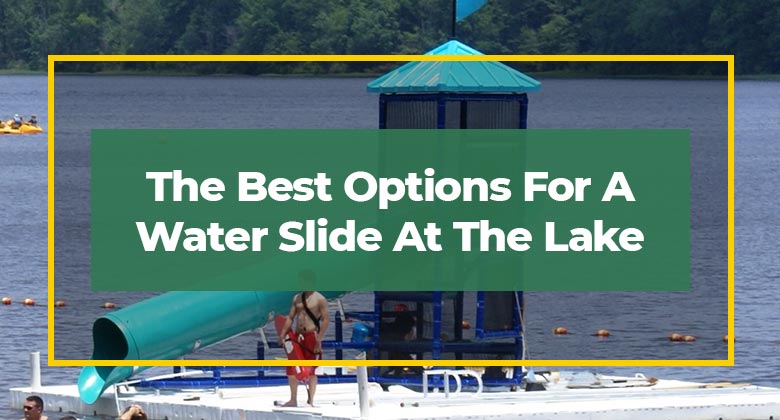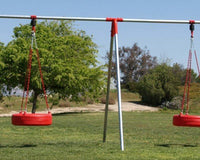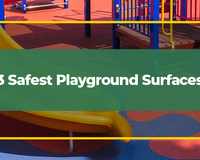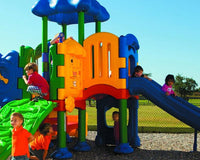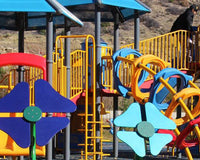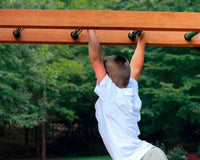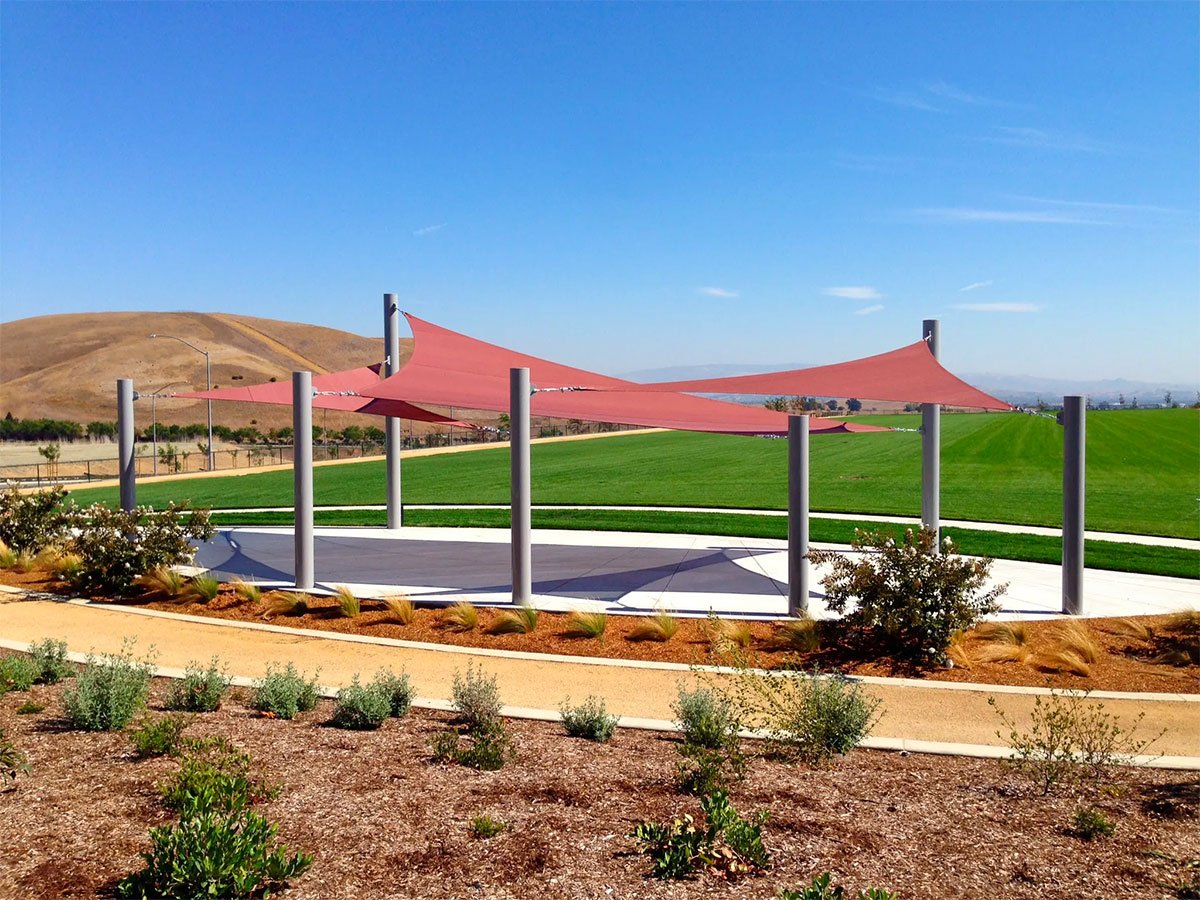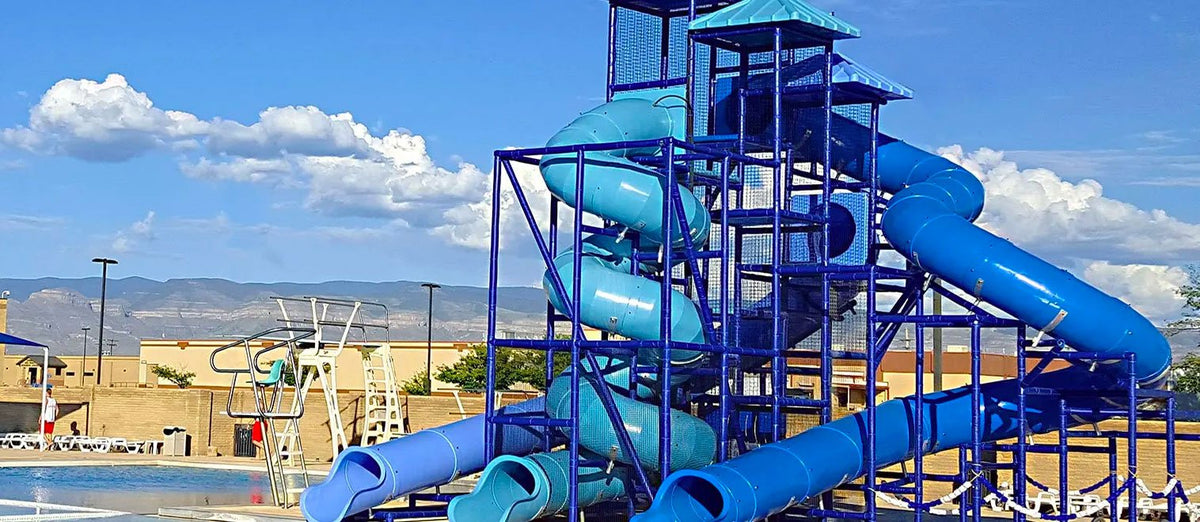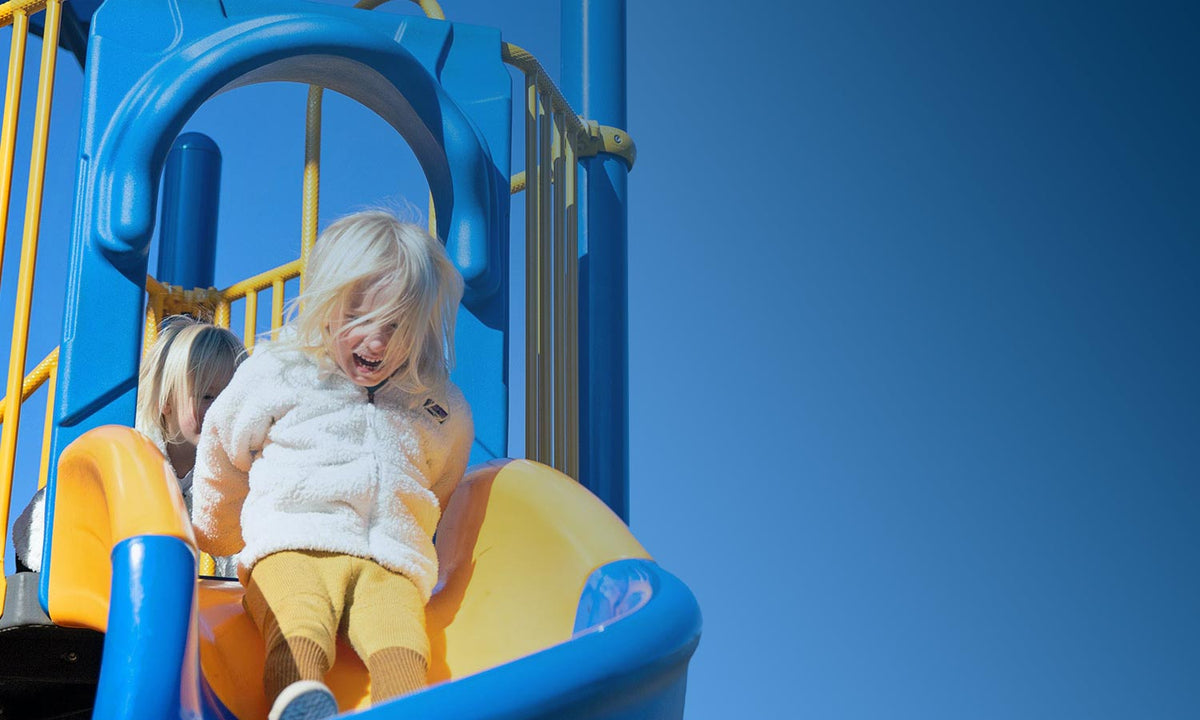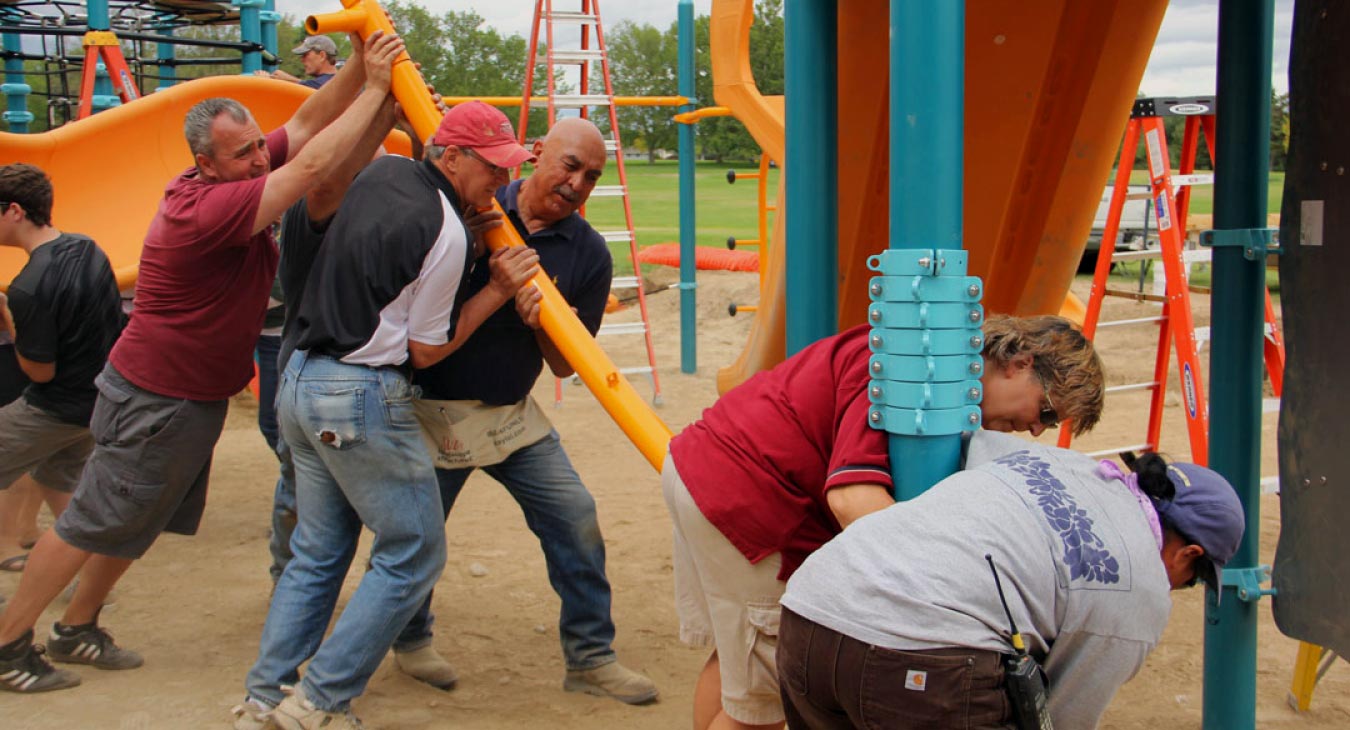The Best Options For A Water Slide At The Lake
Installing a lake water slide is a perfect way to improve the fun for almost any body of water. Whether you want to add a large fiberglass water slide or an option for children near the docks, water slides are an affordable, low-maintenance improvement that can offer fun for years to come. Here’s what you should know about your options.
Options For Lake Water Slides
Here are the most popular choices for water slides at any lake.
Boat Slide
Boat slides, as the name suggests, are best for boats that are floating out in the water. These come in firm and inflatable variants, as well as different heights to match boats. The best boat slides reach just to the water’s surface, where the added buoyancy makes them far more stable and secure.
Most boat slides are portable, so these are a good choice if you want to enjoy some fun out in the water without being tied to one spot. However, they work just as well for boats that are permanently moored in place.
Actual dimensions vary, but boat slides are usually between eight and ten feet long and five or six feet high. Taller variants, including some we’ll discuss later, are also available.
One thing to keep in mind about boat slides is that they often have few places to attach the base. They’re easy to move around deliberately, but they may not stay fixed in rockier weather. Loose slides could also fall over if you suddenly need to move your boat out of something’s way. Solid slides are simpler to anchor and don’t have this problem.
Dock Slide
Dock slides are similar to boat slides, and some options can work in either category. The main difference is that dock slides are for use in largely-fixed environments. Inflatable dock slides are easy to bring along on trips and set up by the shore, while solid dock slides are usually installed in place and left there.
Dock slides are highly customizable depending on where you want to put them. It’s possible to make them higher or longer to suit the unique needs of a dock area. If you want to get especially fancy, you can add ramps at the end for launching or curves, so it becomes a genuine water slide.
Standard dock slides, without customization, tend to be mainly vertical but flattening out for the last few feet to help push people away instead of letting them drop right into the water. This is a crucial safety element because people might otherwise be at risk of hitting their head on the slide when they get back to the surface.
Some people install hoses or other water sources near the top of a water slide. Turning these on can make the entire slide slicker and faster in almost any weather. Adding water sources can also help cool down metal slides on warmer days, making them safer and more comfortable for people to use.
Hill Slide
Hill slides are built directly into slopes. Most people use existing terrain for these inground slides, but it’s also possible to build a hill and put slides into it if desired. Hill slides have a few things that set them apart from other options and make them excellent choices for a lake water slide.
The first difference is that most hill slides have no steps leading to their entrance. This means there’s nowhere for small children to stumble. Hill slides are also better for people with other locomotive difficulties to enter, making them far more accessible than different types of slides.
Second, hill slides move down with a hill so that their edges are essentially level with the ground. This means there’s no point where someone can fall out of the slide and end up hurting themselves. If they do stumble out of the slide, which is rare to start with, they’re more likely to roll on the ground a bit. No meaningful height means a drastically lower chance of injury.
Third, it’s easy to make hill slides much longer than other options. You can make them essentially as long as the hill itself, which means hill slides can easily reach several dozen feet or more. They're a good option for people who want longer slides instead of a quick drop into the water.
Fourth, just like dock slides, it’s easy to attach a water source to the top of a hill slide. This works best in public areas where the slide will get a lot of use, and it keeps the slide smooth so people won’t slow down from all the friction.
Finally, it’s possible to enclose hill slides. This can be a partial enclosure, such as protecting the slide for an underground area, or it can be a full enclosure to the bottom. This is a good choice whenever there are trees or other risks of debris falling into the slide.
Most hill slides use playground-grade plastic, which is durable and can last for many years. You may also see a metal or fiberglass water slide in a hilly area.
Two-Story Inflatable Slide
Two-story slides are similar to inflatable boat and dock slides, but they’re higher than either of those options. These types of slides come in two primary forms.
The first form is slides with more steps or ladder rungs, which people must climb up before using them. Extra steps are normal on boat-based inflatable slides, which may not otherwise have a place to raise things up.
The second form is slides that attach on the second floor of something. These are similar to hill slides in that you usually don’t need to climb anything to get into the slide, but you do need to get to the entrance through some means. Such extra-long slides are more common around multi-floor docks.
Two-story slides are a hybrid between a regular outdoor water slide and a hill slide. They tend to offer a slightly longer descent into the water, making them more exciting, but they’re not quite as long or as fast as hill slides can be. Two-story slides can also be sturdier than shorter ones, making them more popular with adults.
Lake Water Slide Materials
Your slide's design is an important consideration, but it’s also important to consider the materials.
PVC
Polyvinyl chloride is one of the most common construction materials in the world. Many inflatable lake water slides use this as their primary outdoor material. It’s smooth, has excellent corrosion resistance, and folds up easily when not in use.
However, PVC can also degrade if it’s left out in the sunlight too long. You also need to clean it after use, or it might weaken over time. This makes PVC an affordable but relatively high-maintenance option for slides.
One thing to note is that PVC is often an exterior coating over an inflatable air bladder made out of different materials. Using PVC as a coating protects the slide's interior and makes it relatively easy to patch the outside if it springs a leak.
Nylon
Nylon is another popular choice for water slides, especially when buyers want an inflatable slide that can stand up to heavier use. Nylon is a durable plastic that’s functionally waterproof and offers reasonable stretching and flexibility, making it a common choice for aquatic environments. Boat ropes, for example, also tend to be nylon.
Overall, nylon is a better material than PVC. It can take more weight, and it will last longer unless people abuse it. Like PVC, though, nylon tends to degrade in sunlight. The tendency to degrade means it’s better to put a permanent nylon slide somewhere shady, and it will eventually wear out.
Plastic
Plastic is often the go-to option for permanent slide installations. Most water slides use high-density polyethylene, a sturdy and durable option. HDPE is easy to mold into practically any shape, resists corrosion from organic and inorganic substances, and has an excellent strength ratio for its density.
Plastic slides are generally non-toxic and safe for children, so this is a common selection for hill slides. As if that wasn’t good enough, these slides are easy to clean, so maintenance is also simple and only necessary when the slide itself is dirty.
This plastic needs a UV stabilizer if you plan to use it in the sun, but that’s easy to do when making it. Plastic is a good choice for sunny areas since it won’t heat up as much as other materials.
Despite plastic’s many positive attributes, no material is perfect, and plastic is no exception. It’s relatively expensive compared to inflatable options, and you won’t be able to install it yourself. Expect to hire a professional slide installation company if you want to use plastic.
Metal
Metal is another common choice for lake slides. Although not inflatable and rarely foldable, metal slides can attach to boats, docks, or hillsides as needed. Most metal water slides use stainless steel, which doesn’t rust and holds up well for outdoor use. Metal has a few advantages that make it worth considering above other options.
First, metal has a high weight limit to it. Some water slides are only durable enough for children to use, but metal slides can usually handle the weight of several adults with no issues.
Second, metal is durable enough to leave out in different temperatures, so it holds up well under scorching summers and freezing winters. This makes it an outstanding choice for any area with significant temperature changes.
Finally, metal can have a completely smooth interior. Such a design makes it a little safer to slide down, especially if you have a water source to make things slicker.
The main downside to metal is that it’s expensive compared to other options. A good metal slide will last a long time, but you’ll definitely notice the price tag even for a smaller setup. Metal slides can also heat a lot in summer, though you can mitigate this by running water down it regularly. That will cool it down.
Fiberglass
Fiberglass is an alternative to plastic. It’s close to stainless steel in overall strength and durability but doesn’t heat up as much and comes in a wider variety of colors. These qualities make it a good choice for people who like both metal and plastic but have a tough time deciding between them.
Like plastic, fiberglass is suitable for short dock slides and longer hill slides. It has most of the same drawbacks as plastic and metal, though, including a high initial cost.
Wood
Wooden slides are a rare choice but viable in some areas. It’s possible to carve water-resistant woods like teak and white oak into a comparatively short slide and sand the interior to make it smooth. However, wood tends to break and decay sooner than other solid slide materials, so it’s usually not a good option.
Other Considerations
Here are some other considerations to keep in mind before you get a water slide for your lake.
ADA Guidelines
Under Section 203.11 of the Americans with Disabilities Act guidelines, water slides are not required to be accessible under ADA guidelines or even be on an accessible route. Trying to make permanent or commercial slides accessible is therefore optional under these laws.
The reason water slides have this exemption is that people generally need to maintain a specific body position to use them safely. It is not possible to build water slides in a way that people with specific physical disabilities, like an inability to control their lower body, can manage.
Local Regulations
Local areas may have regulations on what types of water slides you can buy and use.
The most common regulation is a limit on what materials you can use. For example, some lakes may have a ban on bringing certain plastics or synthetic substances because they’re worried about contamination. If so, you may not be able to use something like PVC or plastic. Metal is usually allowed, however. Wooden slides may also be viable here.
Regulations may also cover slide designs and locations. For example, a city may insist on using plastic for hill slides, refusing to consider metal or fiberglass alternatives. This is most relevant to permanent installations, as cities usually don’t police personal family slides.
Harsh Winters
Winter weather matters mainly for permanent slides because you can store inflatable options in a temperature-controlled environment. Permanent slides are long-term investments, so it’s important to get something that can withstand both the heat and the cold for many years.
Heat isn’t a problem because any decent slide material can go to far higher temperatures than it will see in use, but extreme cold can crack or even break some slides. Metal is the most durable option, and therefore the best choice in areas with particularly harsh winters. Plastic and fiberglass are somewhat less durable but may still work out.
Ask an installer for more information if you’re not sure what materials are suitable for your area.
Natural Water Slides
In rare cases, you might find a place suitable for a natural water slide. These can include grooves in rocks or areas near waterfalls. However, such slides are usually more dangerous than other options, so it’s better to install proper bottoms and siding if you want to keep a water slide somewhere.
Final Thoughts
As you can see, there are a variety of options to choose from when it comes to supplying a lake with a waterslide. However, knowing is only half the battle.
Do you need help getting a lake water slide? WillyGoat offers professional installation for water slides in many sizes, styles, and materials. Contact us today for more information about installing a slide for your lake.

